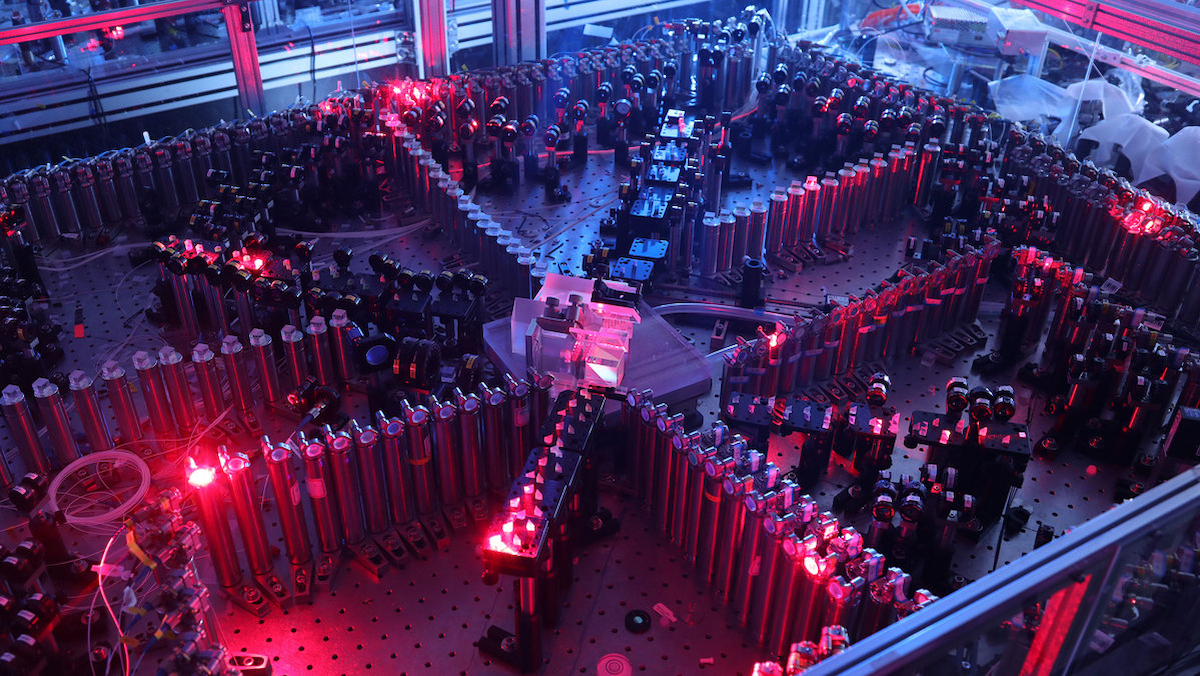If the era of quantum computing had begun three years ago, its rising sun may have been obscured by a cloud. In 2019, Google researchers claimed to have achieved quantum supremacy after their quantum computer Sycamore completed a calculation that would have taken a supercomputer 10,000 years to complete in 200 seconds. Now, Chinese scientists have completed the computation in a few hours using standard computers. They claim that a supercomputer could defeat Sycamore completely.
Scott Aaronson, a computer scientist at the University of Texas at Austin, believes that if the group had access to a sufficiently powerful supercomputer, they could have simulated the… task in a couple of seconds. Greg Kuperberg, a mathematician at the University of California, Davis, thinks that the development dulls Google’s claim somewhat. “It is less exciting to get 300 feet from the summit than it is to reach the summit itself.”
Kuperberg and others assert that the potential of quantum computing remains unabated. And Sergio Boixo, the chief scientist for Google Quantum AI, stated in an email that the Google team was aware that its advantage might not last forever. “We predicted in our 2019 research that classical algorithms would improve,” he explained. However, “we do not believe our conventional technique can compete with quantum circuits beyond 2022.”
The “problem” that Sycamore addressed was designed to be difficult for a conventional computer but as simple as possible for a quantum computer, which manipulates qubits that may be set to 0 or 1 or, according to quantum mechanics, any combination of 0 and 1 simultaneously. Sycamore’s 53 qubits, which are small electrical circuits constructed of superconducting metal, can encode any number between 0 and 253 (about 9 quadrillion) or all of them simultaneously.
Starting with all qubits set to 0, Google researchers performed a random but fixed set of logical operations, or gates, to single qubits and pairs across 20 cycles, and then read out the qubits. Quantum waves representing all possible outputs diffused among the qubits, and the gates generated interference that boosted certain outputs and nullified others. Therefore, some should have appeared more likely than others. After millions of repetitions, a pattern of output spikes appeared.
The Google researchers argued that Summit, a supercomputer at Oak Ridge National Laboratory with 9216 central processing units and 27,648 faster graphic processing units, would be overwhelmed by the simulation of these interference effects (GPUs). Researchers from IBM, who developed Summit, swiftly retorted that the computer could perform the computation in a few days provided they utilized every piece of available hard drive space. Now, Pan Zhang, a statistical physicist at the Chinese Academy of Sciences’ Institute of Theoretical Physics, and colleagues have demonstrated in a study how to defeat Sycamore.
Zhang and his colleagues recast the problem as a tensor network, a three-dimensional mathematical array. It was comprised of 20 layers, one for each cycle of gates, and each layer included 53 dots, one for each qubit. Each gate was encoded in a tensor, which is a 2D or 4D array of complex numbers, and was represented by lines connecting the dots. Simulation execution was reduced to just multiplying all tensors. “The advantage of the tensor network method is that we may use multiple GPUs to perform simultaneous computations,” Zhang explains.
Zhang and his colleagues also relied on a vital insight: Sycamore’s computation was not very precise, so neither did theirs. Sycamore computed the distribution of outputs with an estimated fidelity of 0.2%, just enough to identify fingerprint-like spikes from circuit noise. Therefore, Zhang’s team sacrificed precision for speed by deleting some network links and corresponding gates. Losing just eight lines accelerated the algorithm by 256 times while preserving 0.37 percent accuracy.
Using an innovation of their own, the researchers estimated the output pattern for 1 million of the 9 quadrillion potential number strings to produce a truly random, representative sample. The computation required 15 hours on 512 GPUs and produced a characteristically spiky output. Dominik Hangleiter, a quantum computer scientist at the University of Maryland, Park, states, “It’s safe to say that the Google experiment has been simulated on a conventional computer.” Zhang asserts that the computation would require a few dozen seconds on a supercomputer, which is 10 billion times faster than the Google team expected.
The development highlights the dangers of pitting a quantum computer against a conventional one, according to researchers. Aaronson states that there is an urgent need for improved quantum supremacy experiments. Zhang proposes a more pragmatic strategy: “We should identify some real-world applications to demonstrate the quantum advantage.”
Researchers assert that the Google presentation was not merely a publicity stunt. Zhang says that Sycamore used significantly fewer operations and less power than a supercomputer. And if Sycamore had somewhat higher detail, his team’s simulation would not have been able to keep up, he argues. According to Hangleiter, “The Google experiment performed what it was intended to do, it started this race.”


